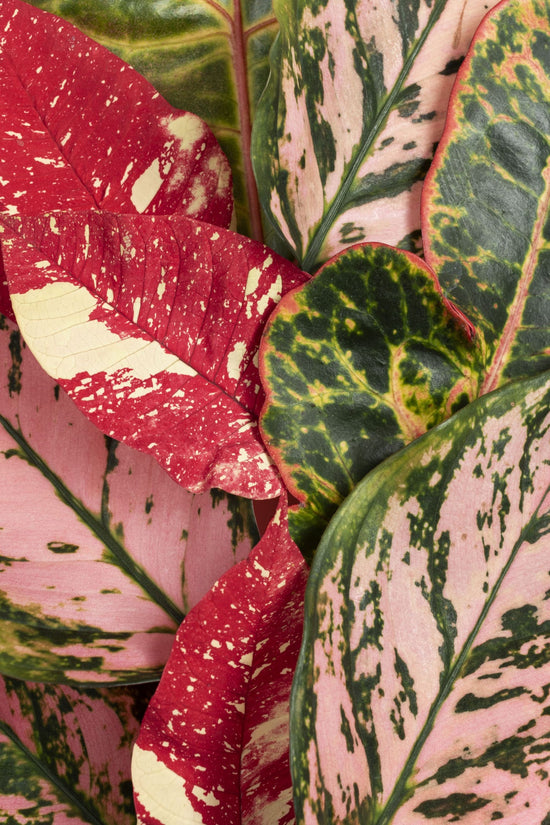Why is light so important for philodendrons?
Light is the most important energy source for plants, as it is needed for photosynthesis. This process allows plants to extract the energy they need for growth and development from light, water, and carbon dioxide. Without sufficient light, the plant cannot produce enough energy, leading to slow growth, weak leaves, and overall reduced vitality.
Philodendrons originate from tropical rainforests, where they thrive in an environment with consistently warm temperatures and high humidity. In their natural habitat, they often grow as climbers or ground-covering species under the dense canopy of large trees. This canopy filters direct sunlight, providing an environment of soft, filtered light that is ideal for philodendrons.
Unlike desert plants, which prefer intense sun, philodendrons are sensitive to too much direct light. Their leaves are designed to utilize light efficiently, even when receiving limited amounts. This makes them well-adapted to partially shaded to bright locations with indirect light, where they thrive.
The perfect amount of light for your Philodendron
Philodendrons require a balanced amount of light to develop strong leaves and healthy roots. Too little light can stunt growth, while too much direct sunlight can damage the leaves.
Ideal lighting conditions
The best growing conditions for philodendrons are bright, indirect light sources. A location near an east- or west-facing window is particularly suitable. These windows receive either gentle morning or afternoon sun that is not too intense.
A spot about one to two meters away from a south-facing window can also work, as long as the plant isn't exposed to direct midday sun. Prolonged exposure to direct sunlight can burn the delicate leaves and leave unsightly spots.
If a suitable window spot isn't available or daylight isn't sufficient during the darker months, grow lights can be a good alternative. LED grow lights, in particular, with a balanced spectrum of blue and red light components can support plant growth.
What to do if there is a lack of light?
Philodendrons quickly show signs of insufficient light. The most common symptoms include:
• Pale or yellowish leaves
• Small or deformed leaves
• Low leaf regeneration or severely delayed growth
• Long, thin shoots (legging), as the plant stretches towards the light
To counteract a lack of light, the plant should be placed closer to a light source . Especially in winter, when the days are shorter, it can be helpful to use a plant lamp. Full-spectrum LED lamps are ideal for this, as they simulate natural daylight and promote photosynthesis.
A common mistake is placing plants in dark places, such as far from windows or in windowless rooms. In such cases, the only long-term solution may be an artificial light source.
What to do if there is too much light?
Although philodendrons love light, they can suffer damage from direct sunlight. Too much light often leads to:
• Brown or burnt leaf tips
• Rolled or dried leaves
• Pale, bleached leaves
Direct midday sun in summer, which can hit the plant unhindered through south-facing windows, is particularly dangerous. In such cases, it helps to move the plant further away from the window or shade it with a thin curtain to diffuse the light.
If a plant already shows signs of sunburn, don't remove the affected leaves immediately. Instead, move the plant to a sheltered location to allow it to recover. Only after new, healthy leaves have formed can severely damaged leaves be carefully cut back.
The right light for a healthy Philodendron
Lighting conditions are one of the most important factors for a philodendron's well-being. Bright, indirect light provides optimal conditions, while too little light inhibits growth, and too much direct sunlight can damage the leaves.
A suitable location near an east- or west-facing window, as well as the targeted use of plant lights during low-light months, will help ensure a consistent light supply. By closely monitoring your Philodendron, you can detect a lack or excess of light early on and take appropriate action. This will keep the plant strong and healthy.





